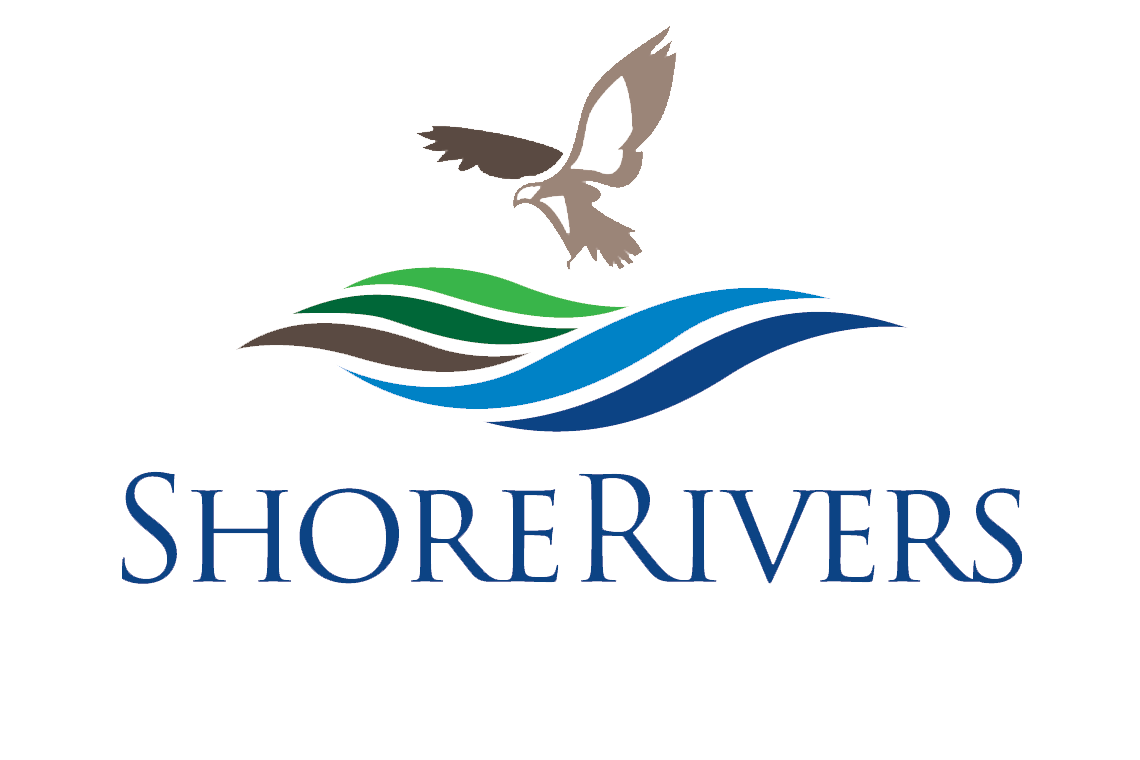ShoreRivers is utilizing cutting-edge technology and equipment to track and monitor algal blooms on Eastern Shore waterways, including this wireless field microscope (left) and an algal fluorometer (right).
This summer, thanks to grant funding from the Chesapeake Bay Trust and the Cornell Douglas Foundation, ShoreRivers purchased two pieces of scientific monitoring equipment that significantly improve our ability to predict and monitor toxic algal blooms in real time, facilitating much faster sharing of results with the community. We are hoping that our ability to more quickly alert the public of potential health hazards will result in fewer illnesses in humans and fewer deaths in beloved pets.
ShoreRivers works for waterways that are swimmable and fishable. The Swimmable ShoreRivers program uses expert staff, state-of-the-art technology, and dedicated volunteer time to monitor bacteria levels, tidal water quality, and toxic algal blooms in our rivers. ShoreRivers strives to provide the community with these data so they can make informed decisions about whether or not to recreate in their waterways.
As part of this initiative, ShoreRivers monitors algal blooms in conjunction with the Maryland Departments of the Environment, Natural Resources, and Health, and local county health departments. Monitoring blooms can be a time-consuming process that involves multiple government agencies and requires transporting samples across the state. With traditional methods, results can take days or weeks to return, leaving community members in the dark about potentially unsafe—even deadly—algal blooms.
Algae occurs naturally in our rivers, but blooms are fueled by excess nitrogen and phosphorus running off into local rivers and streams. Excess nutrients come from agricultural and lawn fertilizers, leaking septic systems, non-native ornamental plantings, tree removal, and other human activities.
During the summer months, all of our waterways experience algal blooms with varying levels of toxicity. Blooms are becoming more toxic, longer lasting, and more frequent. Algal blooms can fluctuate rapidly depending on weather conditions, tidal phases, and time of day. Exposure to toxins can be fatal to pets within just 12 hours. In humans, these algal toxins can cause rashes, gastrointestinal illness, and neurological or liver damage, especially in children and other at-risk individuals. For all these reasons, the ability to predict potential blooms and monitor active blooms is critically important in order to keep people and pets safe.
Algal Monitoring Equipment and Technology
The first piece of new equipment is an algal fluorometer (commonly used by researchers and state agencies) that monitors phycocyanin and chlorophyll ratios—indicators of an imminent or active bloom. Chlorophyll is one of the pigments found in plants that allows them to absorb sunlight during photosynthesis. Phycocyanin is a pigment most commonly found in cyanobacteria species, like those present during certain types of harmful algal blooms. By monitoring their ratios, it is possible to predict when a bloom is about to occur. Results return in 10 seconds or less, which allows for real-time monitoring in the field and gives our staff the flexibility to take more samples, more often.
The second piece of equipment is a high-powered, wireless field microscope that syncs to a phone or tablet and provides a live view of algae cells. Using an app, Riverkeepers can quickly identify algae and calculate cell density to determine if harmful species are present in concerning amounts.
These new pieces of equipment have allowed our Riverkeepers to monitor potential blooms and respond to active ones much more quickly. Once a bloom has been confirmed to have high levels of toxin-producing algae species like Microcystis, Riverkeepers send water samples to the Departments of Natural Resources and Environment for toxin testing.
Additionally, Riverkeepers utilize other technology to enhance their monitoring program, including satellite imaging from the Environmental Protection Agency’s Cyanobacteria Assessment Network Tool and the National Oceanic and Atmospheric Administration’s Phytoplankton Monitoring Network. These tools use infrared and ultraviolet lenses on satellites to pick up algal blooms around the country.
ShoreRivers Participates in Bay-Wide Research
Because of this innovative new technology, ShoreRivers was able to join a pilot program conducted by BloomOptix, a research company based in New York. Researchers from around the country are participating in this program, which has developed artificial intelligence technology that can provide algae species identification and cell counts in a matter of minutes.
ShoreRivers is also working with the Innovation Lab at Washington College’s Center for Environment and Society, which captures and uploads water quality data, including water temperature, turbidity, dissolved oxygen, and phycocyanin concentrations, every 20 minutes to its website. This publicly available data, captured via remote sensor at Budds Landing on the Cecil County side of the Upper Sassafras River, is extremely useful in monitoring for potential algal blooms.
Despite this innovative and rapidly evolving technology, community participation is still vital to ShoreRivers’ work. Anyone who observes potential algal blooms should contact their local Riverkeeper, who can identify whether or not a toxic bloom is occurring. Blooms can vary in appearance, but it is generally a good idea to avoid water contact where there is visible algae, particularly if it resembles pea soup or green paint, or if it emits an odor. Pets, livestock, children, and adults with compromised immune systems are particularly sensitive to algal blooms.
For interested community members wanting to learn more, please contact Sassafras Riverkeeper Zack Kelleher at zkelleher@shorerivers.org.
ShoreRivers is pleased to bring significant state and federal resources into the region to support integral work for healthy rivers on behalf of our communities. Follow the progress of these projects: @shorerivers on Facebook; @shoreriversorg on Instagram; or subscribe to our monthly e-newsletter at shorerivers.org/subscribe.


